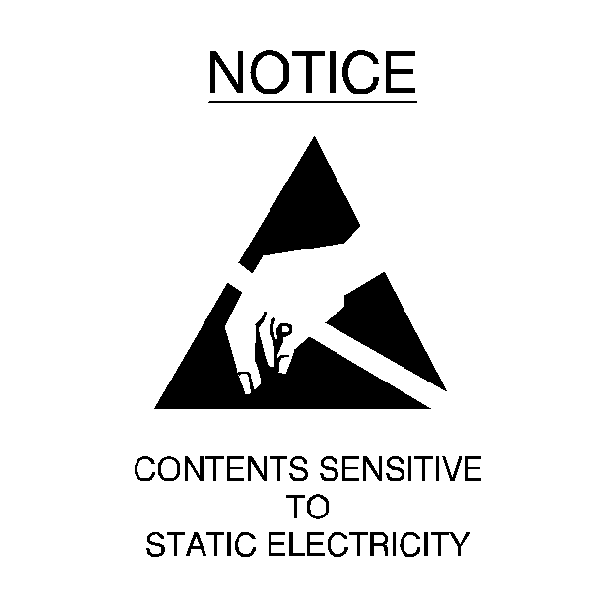
Electrostatic discharge (ESD) can damage many solid state electrical components.
Not all components that are susceptible to damage from ESD are labeled with
the ESD symbol. Exercise caution when handling all solid state electrical
components.
Avoid damaging solid state electrical components by taking the following
precautions:
| • | Discharge personal electricity by touching a metal ground point
after each of the following activities: |
| - | sliding across the vehicle seat |
| • | Do not touch the exposed electric terminals on a component with
your finger or a tool. The connector that you are checking may be tied into
a circuit that is susceptible to damage by ESD. |
| • | Do not allow a screwdriver or a similar tool to contact exposed
terminals when disconnecting a connector. |
| • | Do not remove the protective packing of the solid state component
until you are ready to install the solid state component. |
| • | Unless specified in a particular diagnostic procedure, avoid the
following activities: |
| - | jumpering components or connectors |
| - | grounding components or connectors |
| - | using test equipment probes on components or connectors |
| • | When a diagnosis requires the use of test equipment probes, connect
the ground lead first. |
| • | Touch the solid state component's package to a ground before opening. |
| • | Do not lay the solid state component in any of the following locations: |
| - | On top of an electrically operating appliance or piece of equipment,
like a TV, radio or oscilloscope |
| • | Do not drop the solid state component. |
This service manual uses various symbols in order to describe
different service operations.



